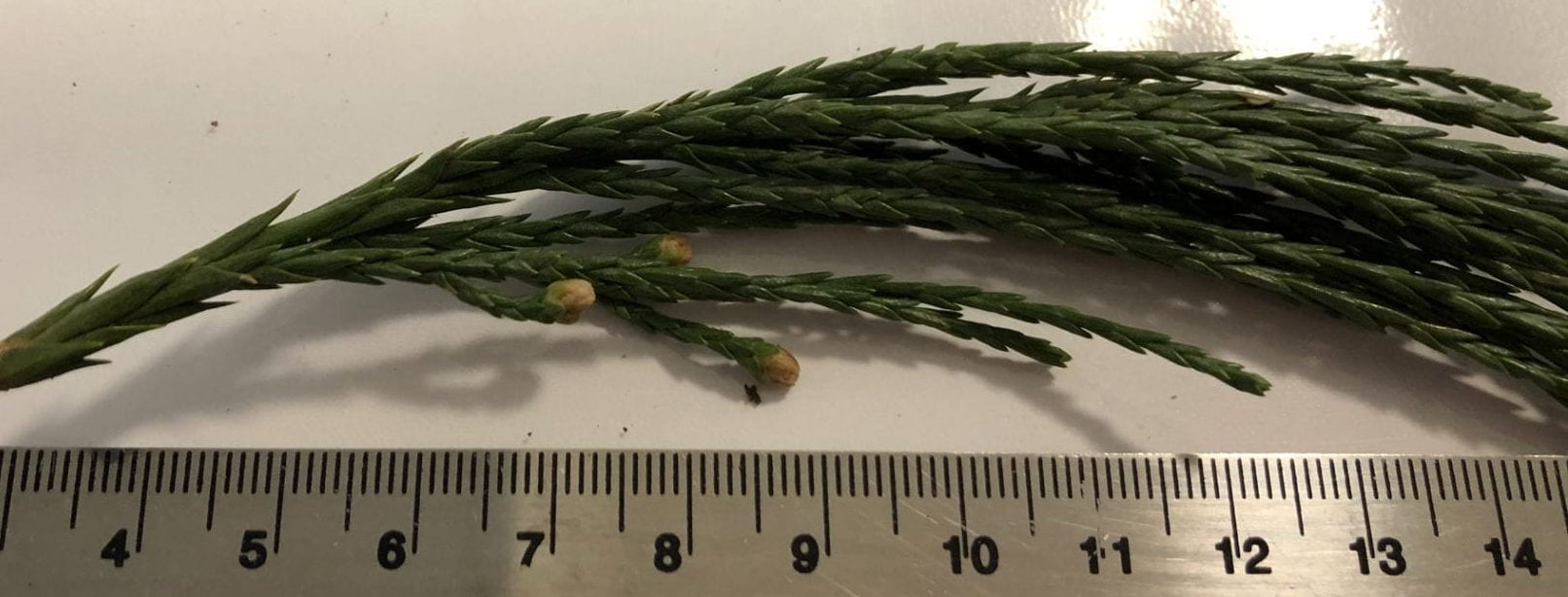Giant Sequoia

I first came to know of giant sequoias (Sequoiadendron giganteum) a few years ago when I came across green cones with red sap beneath a reddish-barked tree in Victoria. This was at the beginning of my tree-learning obsession and since then I am always confident in my labelling of this particular species of tree, with it’s unique large egg-shaped cones and fluffy-looking branches. Similar looking cones can be found on California redwoods and yellow cedars, but giant sequoia cones are, well, giant compared to those trees’ cones.
Giant sequoias have awl-shaped leaves: The other conifers I have written about have scales (western redcedar) or needles (spruce, Douglas-fir, western hemlock), which can also be sharp, but awl-shaped leaves actually look sharp. (An awl is a tool with a sharp point used for punching holes or scoring.)








The bark of mature giant sequoia trees looks like a cross between western redcedar and Douglas-fir bark. The branches are numerous and seem too skinny for such an imposing trunk.





Giant sequoias are not native to British Columbia, having been introduced from California. However, they are not invasive and are impressive to see in person. And, although not the tallest trees in North America, they grow to be the largest in volume. Learn more about giant sequoias here and here.
So, head outside this week, or any week, and look for this majestic tree. Use caution when checking out the foliage and twigs (sharp!), but the cones are so strangely satisfying to hold, you have to try it!
(The only book I referred to was Vancouver Tree Book (2016) by David Tracey.)